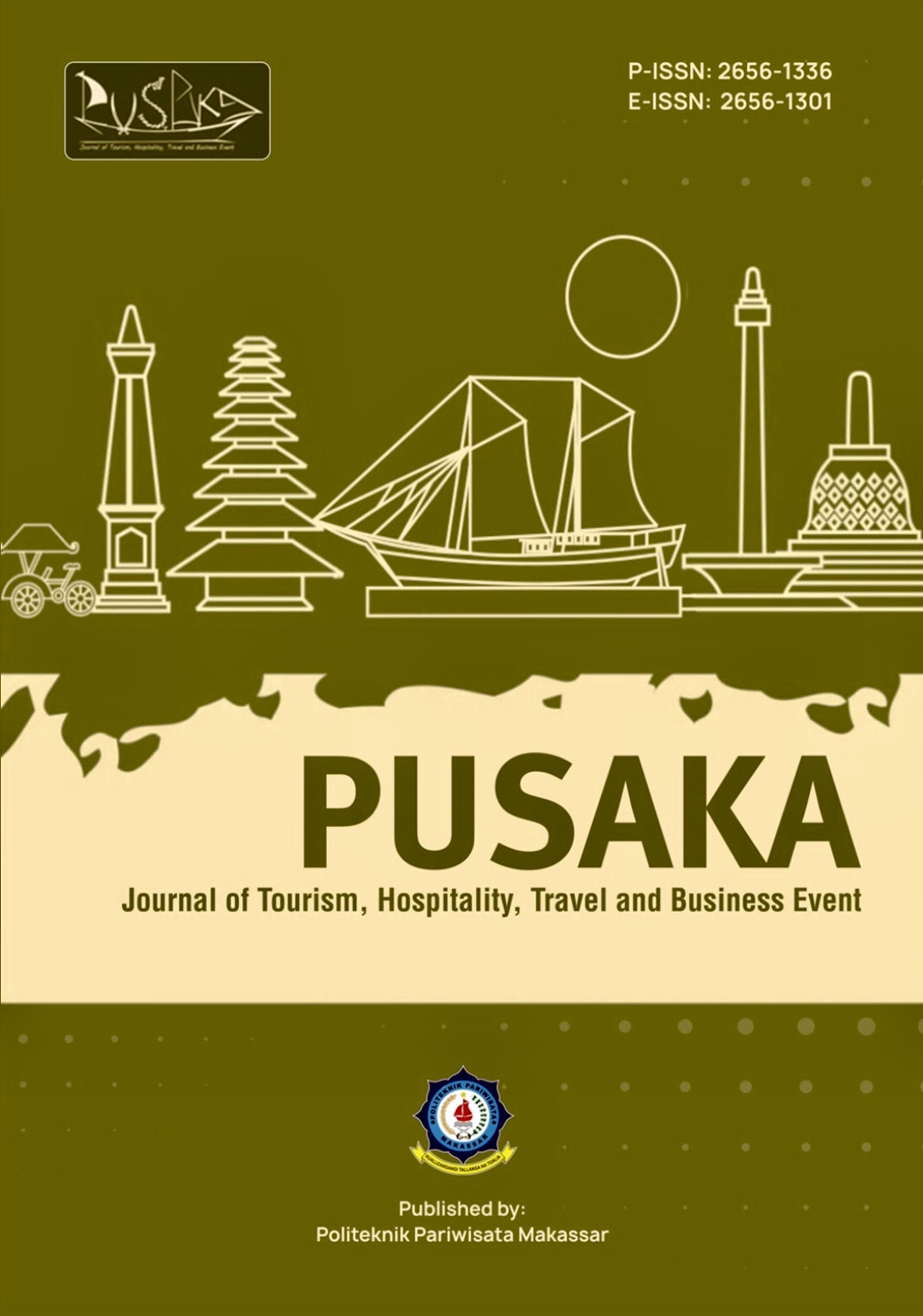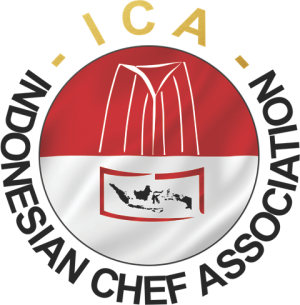Identify the Development of Regional Ecotourism Potential Palopo City is Geospatial Based
DOI:
https://doi.org/10.33649/pusaka.v4i1.156Keywords:
Identification, Ecotourism, Mungkajang, GeospatialAbstract
The purpose of the research, identifying geographical conditions and potential tourist attractions, the social conditions of the surrounding community, the prospect of ecotourism development. Methods in this research qualitative approach with survey research with geospatial and SWOT-based geography review approach. The results of this study produced 6 thematic maps including topographic maps, geological maps, land type maps, slope slopes, tourist attraction distribution maps, and distribution maps of public facilities by containing information about the most influential geographical conditions in supporting the development of mungkajang area as an ecotourism area. Potential tourist attractions owned by the Mungkajang area there are 9 attractions scattered in the Mungkajang area by offering its attractions Latuppa area offers waterfall and bathing tours in the river stream, Kambo area offers tourism and bathing, murante area bathing waterboom and Mungkajang area offers camping and shelter attractions in addition to tourist attractions in Mungkajang area equipped with various public facilities available. in tourist attractions and those outside of tourist attractions in the Mungkajang area. The social conditions of the community include people who live in the location of the Mungkajang area have the same understanding of ecotourism, approval of the development of Mungkajang ecotourism, interest in the development of Mungkajang ecotourism. Mungkajang area development strategy as ecotourism with a geographical review approach that supports among location factors, relief factors, climate factors, biogeography factors, soil factors, water factors, geological factors, population factors, attractiveness factors, infrastructure factors, accommodation factors and facility service factors, while from the results of SWOT analysis of strategies that must be carried out to maintain the sustainability of natural wealth, involving the community, Working with government agencies, maximizing information technology, offering tourism potential different from others, providing complete facilities as needed by tourists and building good cooperation between the government, private sector and the public in the utilization of SDA that has the potential as a tourist attraction.
References
Jumardi A. 2016. Ecotourism Development Analysis Karst Based on Geographic Information System (Case Study in Karst Area of Samangki Village, Simbang District of Maros Regency) Journal "D.Computare Vol. 6 January 2016 Edition
Agus & Masri Ridwa. 2019. Mapping of Attractions Alam Selayar Islands Regency Based on Arcgis Geographic Information System 10.5. PUSAKA:Journal of Tourism, Hospitality, Travel and Business Event.
Jumardi A & Putri K I. 2020. Exploration of territory Mungkajang Kota Palopo as a Source of Geography Study. Journal of Learning: Journal of Education, Teacher Training, and Learning. Published 1 Page 17-22
Eddy, P. (2014). Geographic Information System. Bandung: Informatics.
Purnaweni R H. 2017. Utilization of Information Systems Geography in Tourism Development. Proceeding Biology Education Conference. Volume 14, Number 1 Page 154- 161
Riyanto et al 2014. Ecotourism Development Analysis In the Area of Forest Park Based on Geographical Information System (Case Study on Ngata New Tourism Development Block of Sigi Regency. Journal Warta Rimba Volume 2, Number 1 Things: 153-163
https://www.dpr.go.id/dokjdih/document/uu/UU_201 1_4.pdf http://repositori.unsil.ac.id/338/6/10%20SKRIPSI%2 0BAB%20II.pdf
Downloads
Published
How to Cite
Issue
Section
License

This work is licensed under a Creative Commons Attribution-ShareAlike 4.0 International License.






















